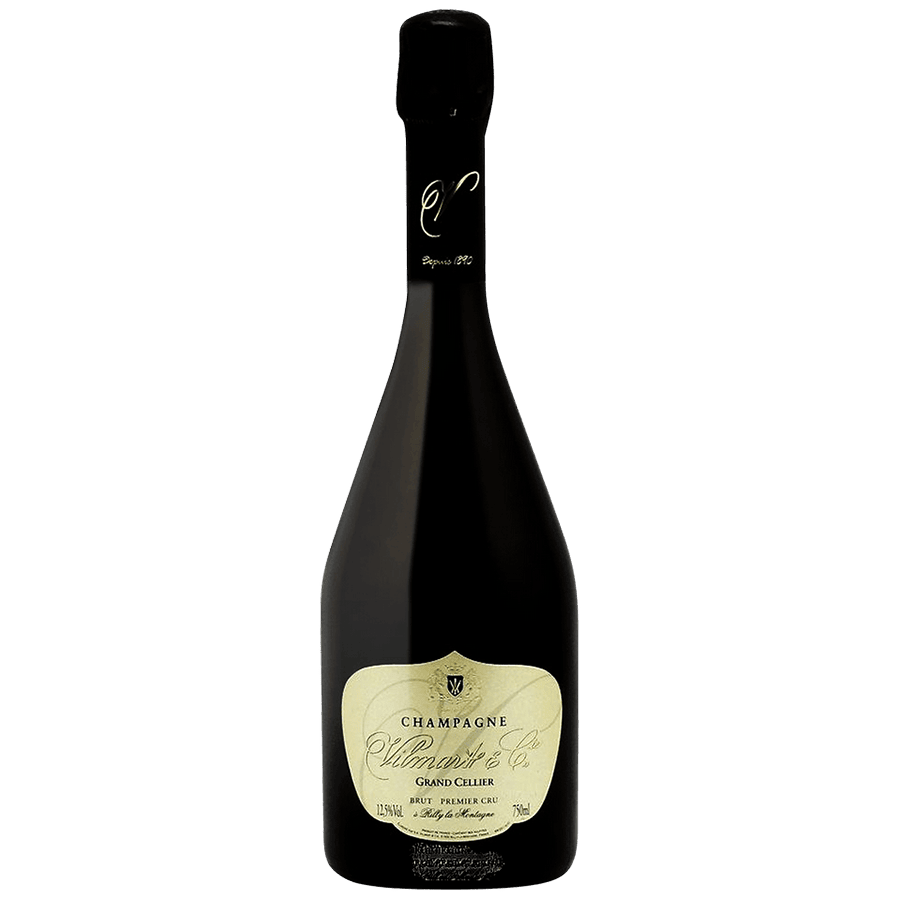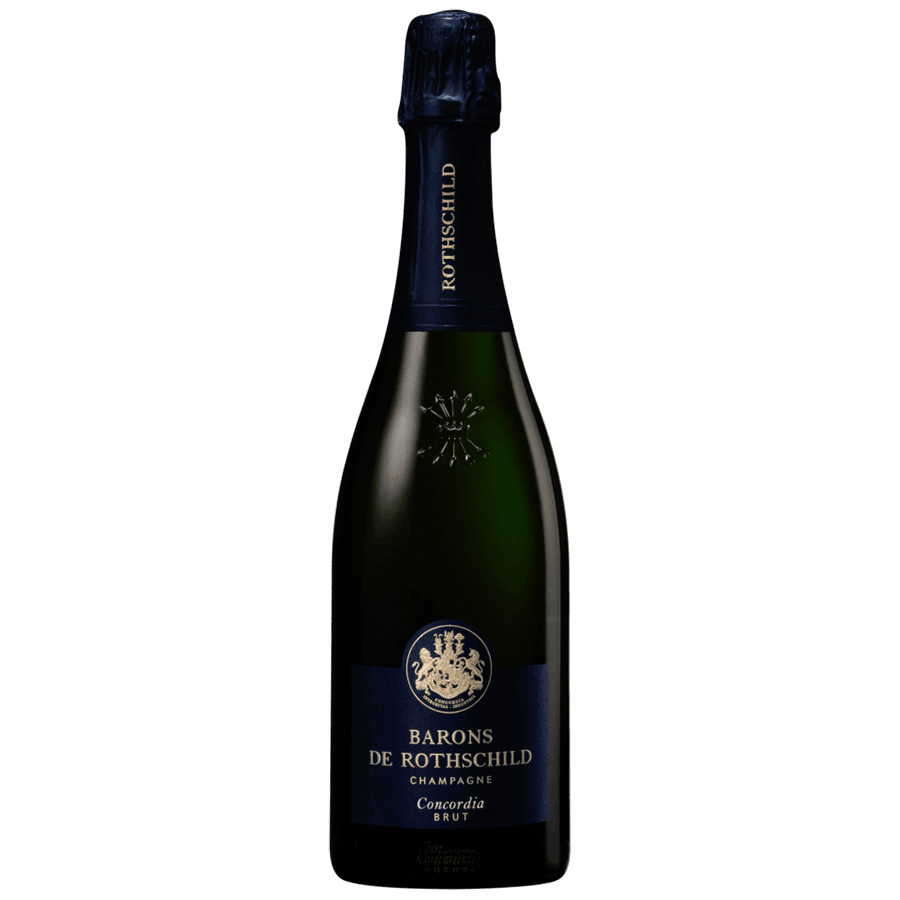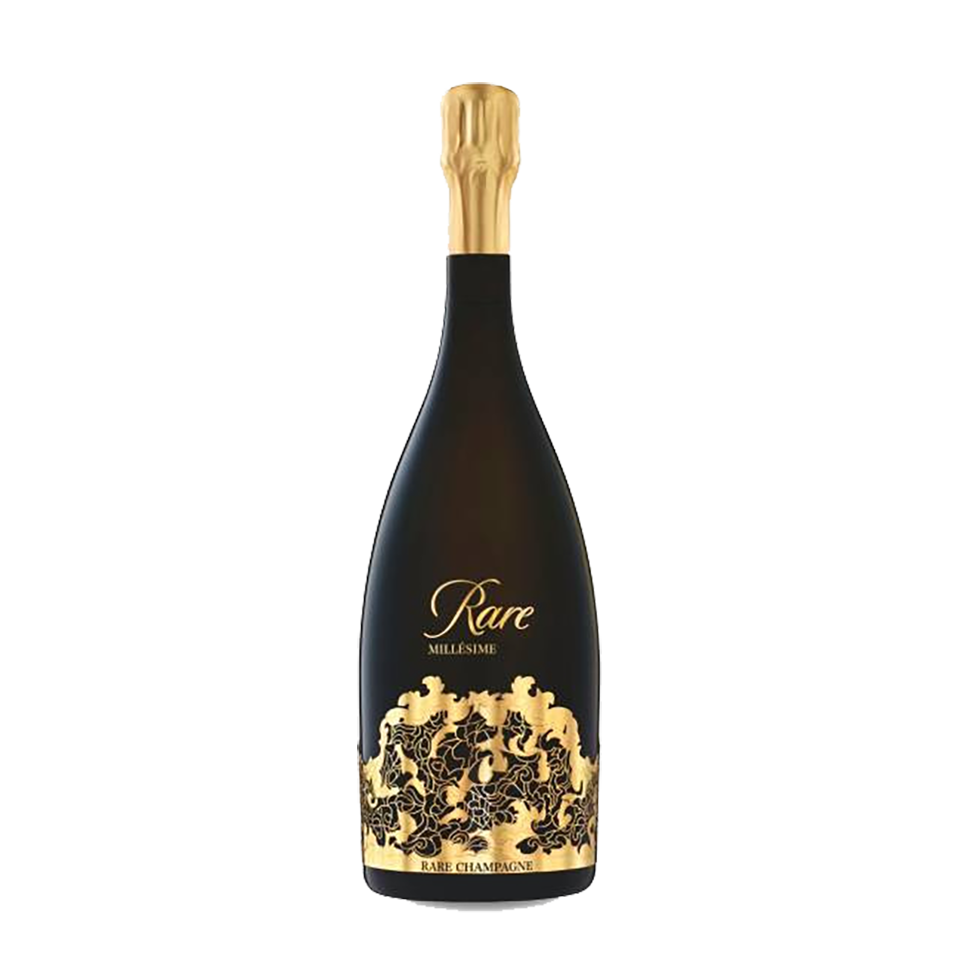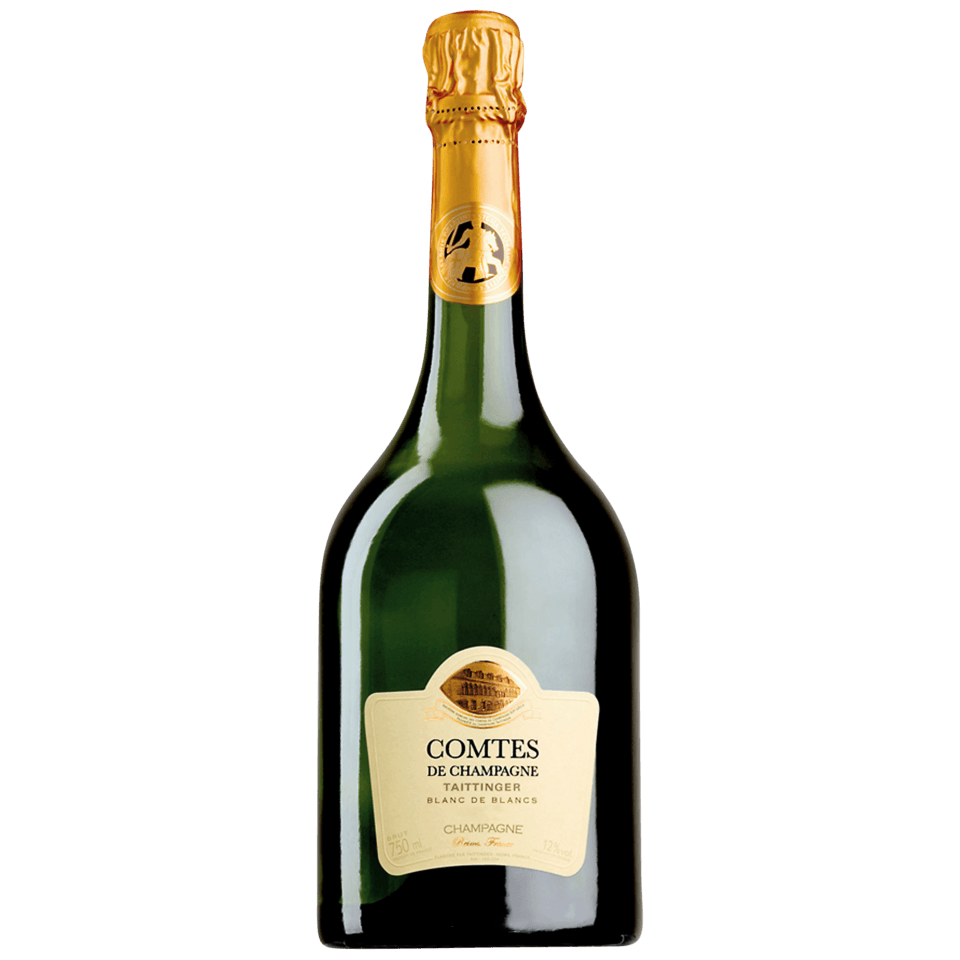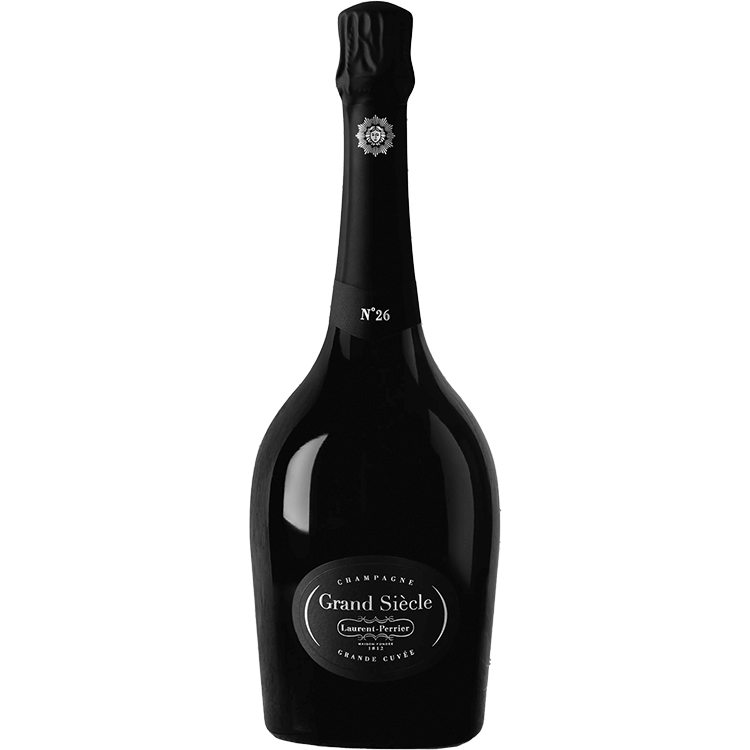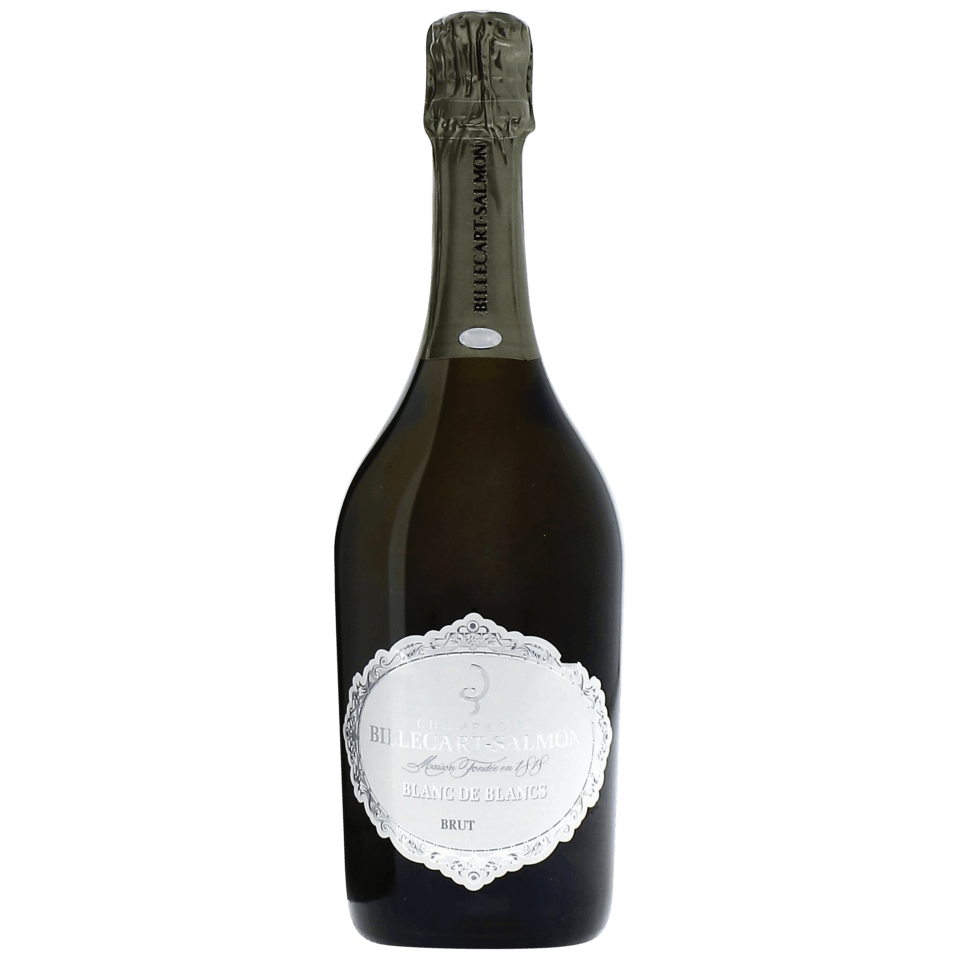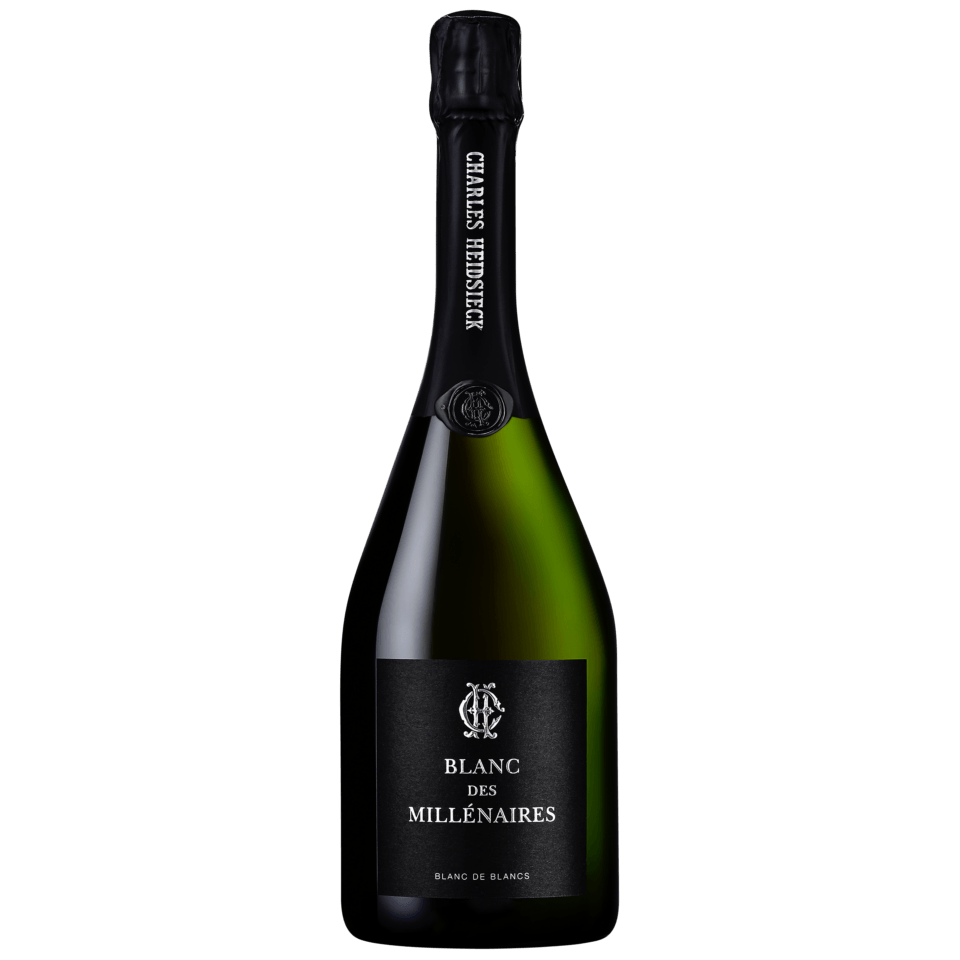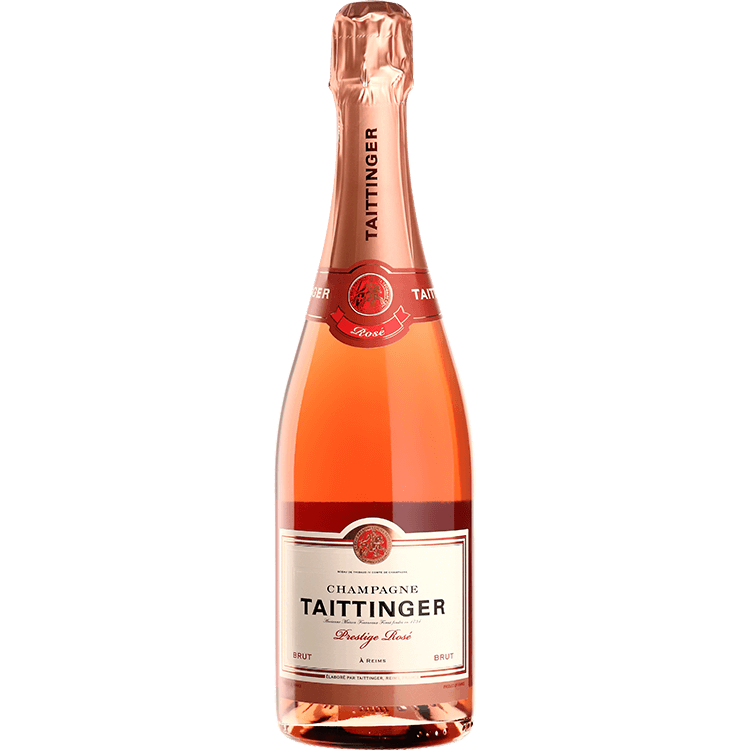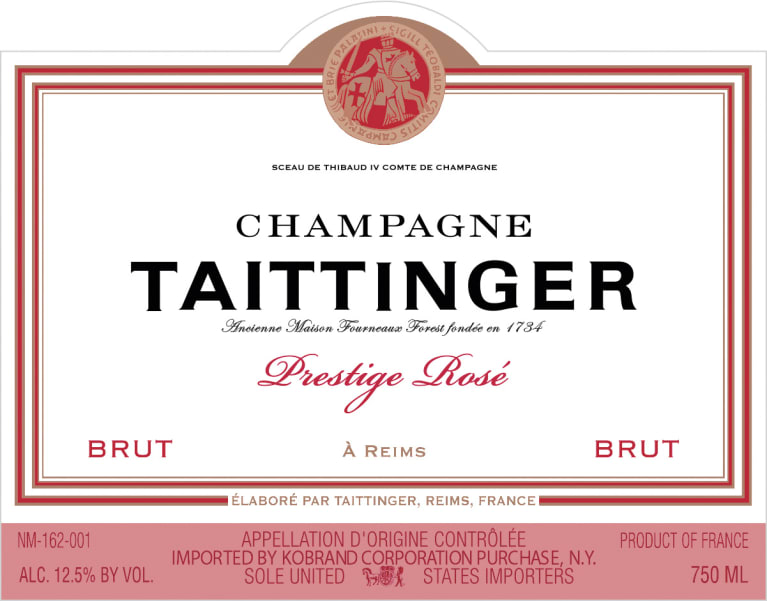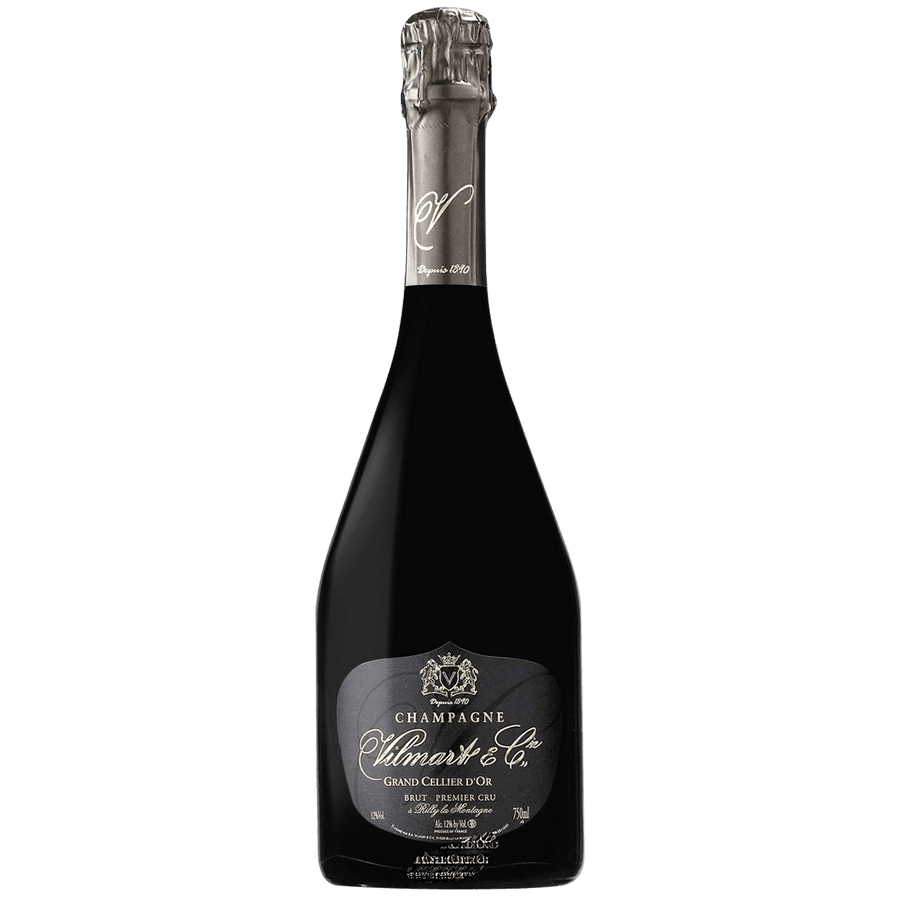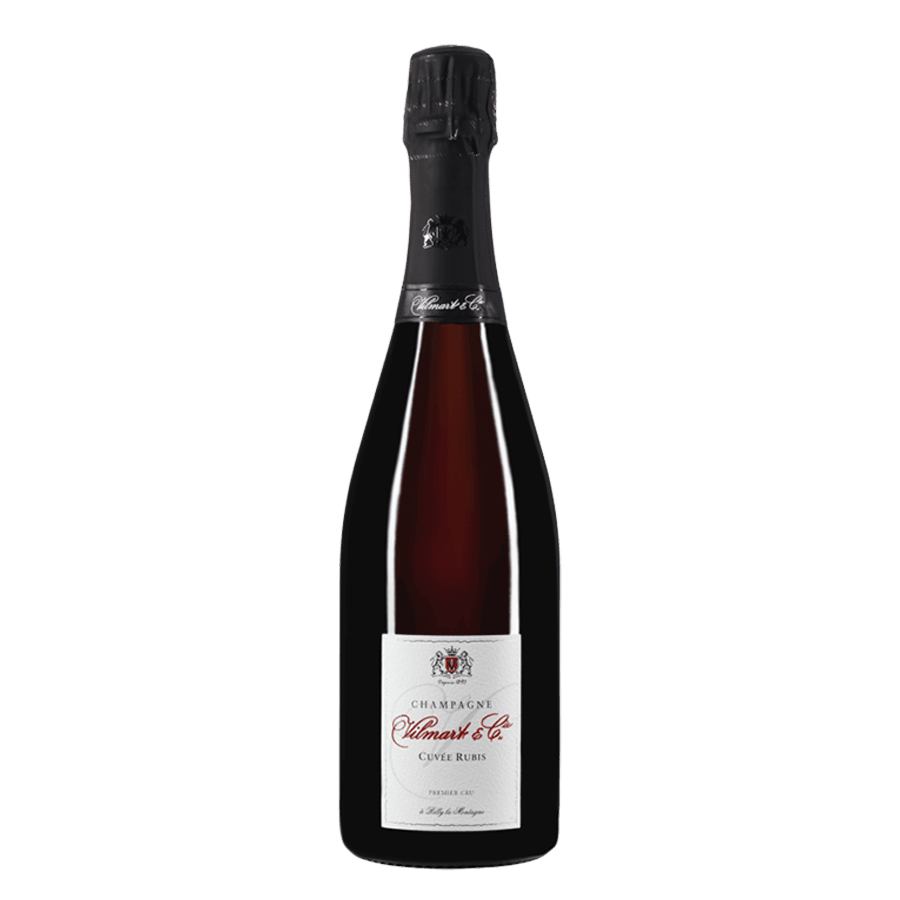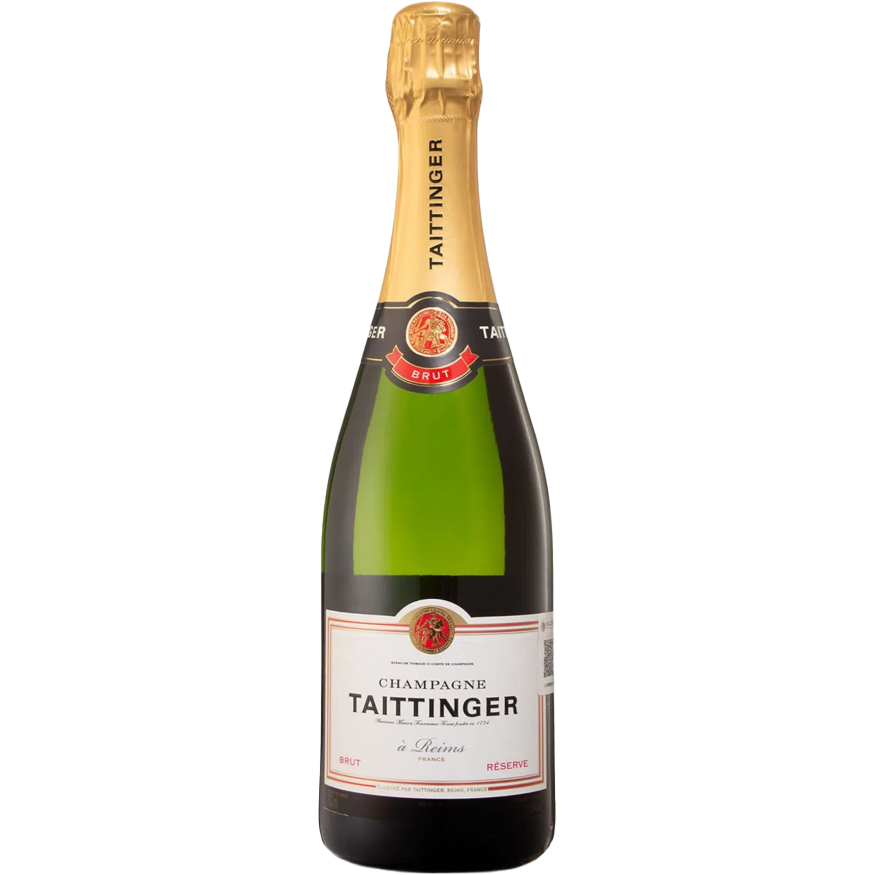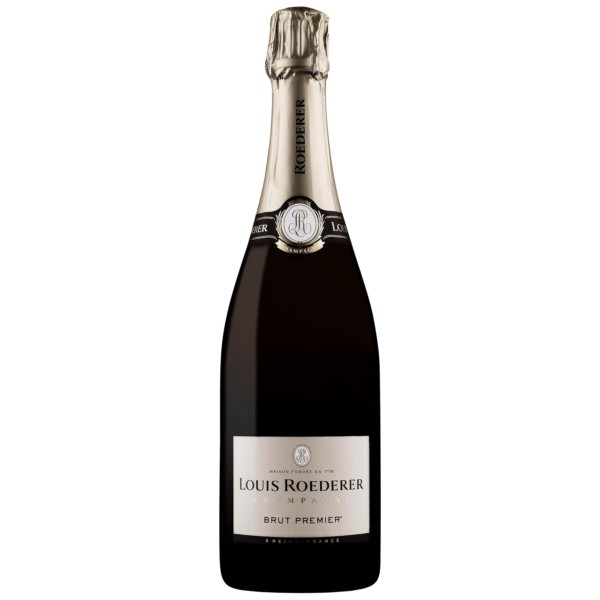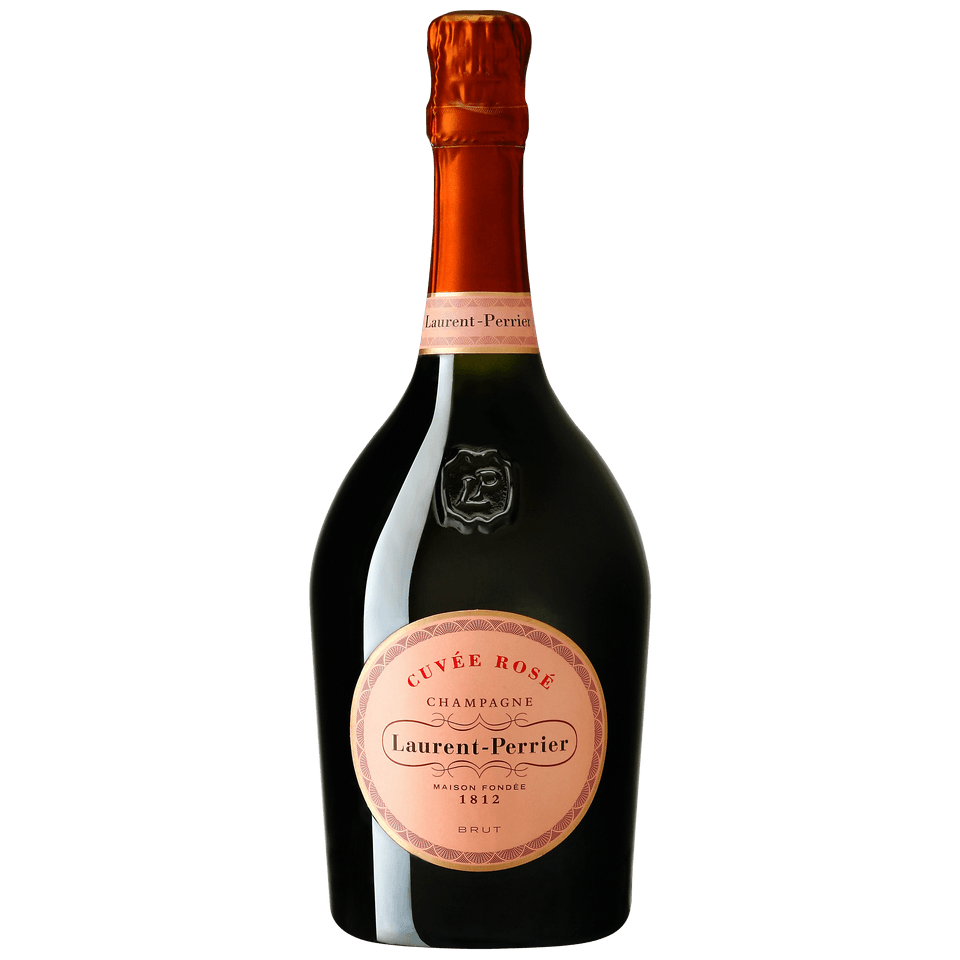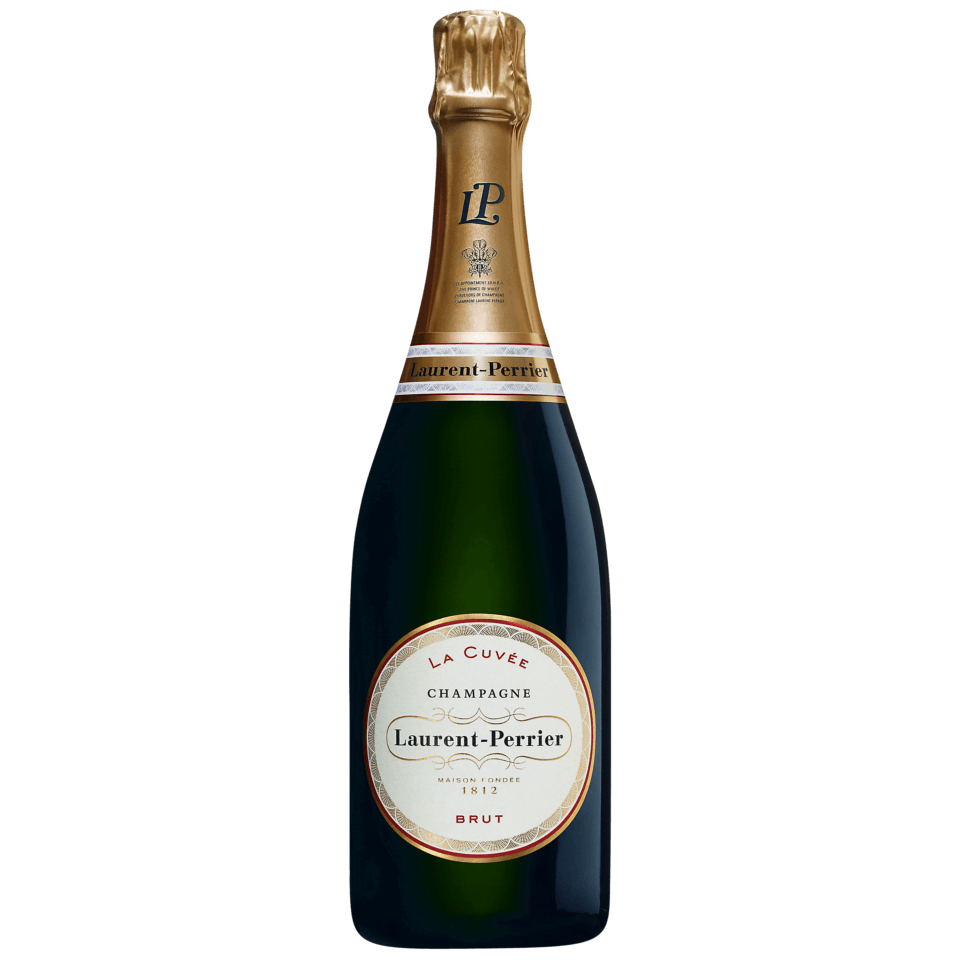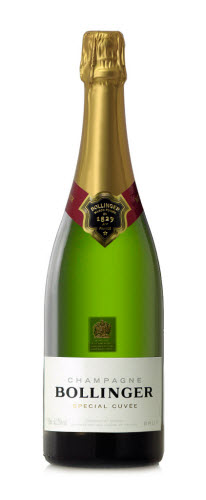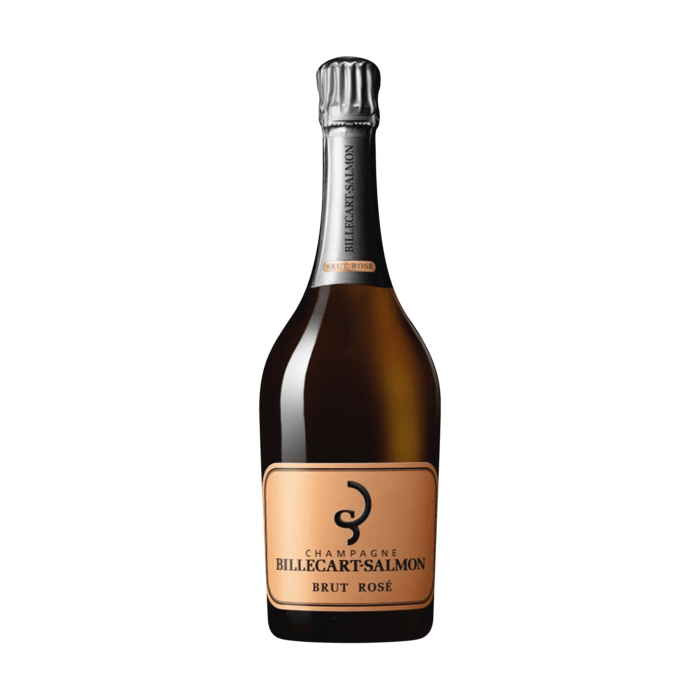The Champagne region, nestled in the northeastern part of France, boasts a winemaking heritage that stretches back through the annals of history. Revered worldwide for its exquisite sparkling wines, this region’s allure is intricately tied to its unique geographical and climatic characteristics, producing some of the world’s most coveted wines.
Champagne’s vinous legacy traces its roots to the Middle Ages when still wines were produced here. However, it was in the 17th century that the magical transformation occurred – the discovery of effervescence through secondary fermentation in the bottle. This serendipitous revelation led to the birth of Champagne as we know it today, with its characteristic bubbles and festive spirit.
The Champagne region unfolds majestically about 120 miles east of Paris, covering a sprawling expanse of rolling vineyards and picturesque towns. Its geographical location plays a pivotal role in shaping the wines, lying at the crossroads of continental and maritime climates. This marriage of influences imparts a unique character to the region’s grapes and the wines they produce.
Champagne’s terroir is distinguished by its chalky soil rich in limestone, a composition that ensures exceptional drainage and imparts a signature minerality to the grapes. This geological foundation, combined with a temperate climate featuring mild summers and cold winters, forms the bedrock of Champagne’s viticulture. It is this very soil and climate that make it perfectly suited for the cultivation of specific grape varieties.
Champagne revolves primarily around three grape varieties: Chardonnay, Pinot Noir, and Pinot Meunier. Chardonnay, prevalent in the Côte des Blancs, contributes finesse and elegance. Pinot Noir, predominant in Montagne de Reims and Vallée de la Marne, adds structure and depth, while Pinot Meunier infuses the wines with fruitiness and freshness.
The taste of Champagne is a sublime orchestration of flavors and aromas. Blanc de Blancs, crafted exclusively from Chardonnay, offers notes of citrus and minerals, often enjoyed as a crisp aperitif. In contrast, Blanc de Noirs, created from Pinot Noir and Pinot Meunier, showcases a richer, more robust character, often featuring red fruit and toasted nuances. The Champagne region’s diverse terroirs and winemaking styles yield a spectrum of offerings, from bone-dry Brut Nature to sweet Demi-Sec, catering to a wide array of palates.
In Champagne, winemakers blend meticulous craftsmanship with the region’s unique terroir and grape varieties, resulting in a harmonious fusion of tradition and innovation. With a glass of Champagne in hand, one can savor the essence of history, geography, and expertise, making it a wine region that continues to captivate connoisseurs and celebrants worldwide.


